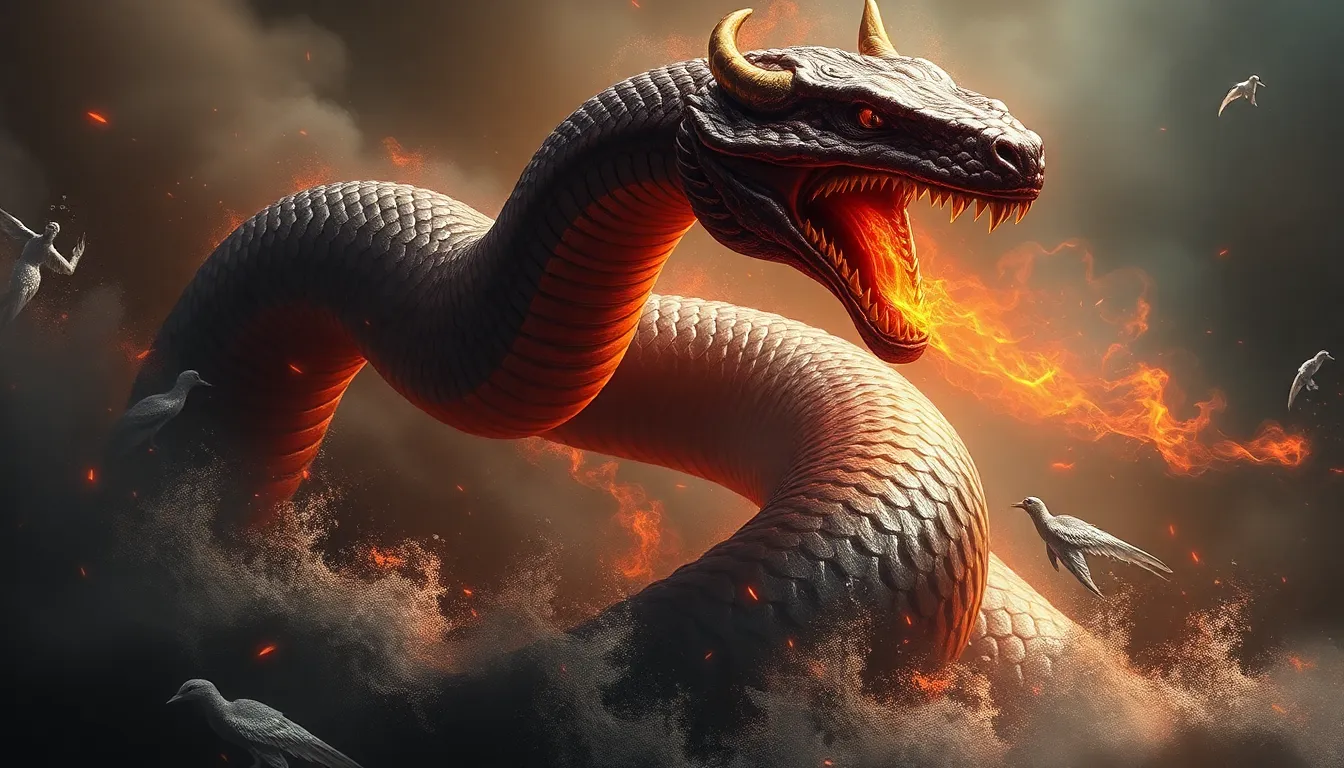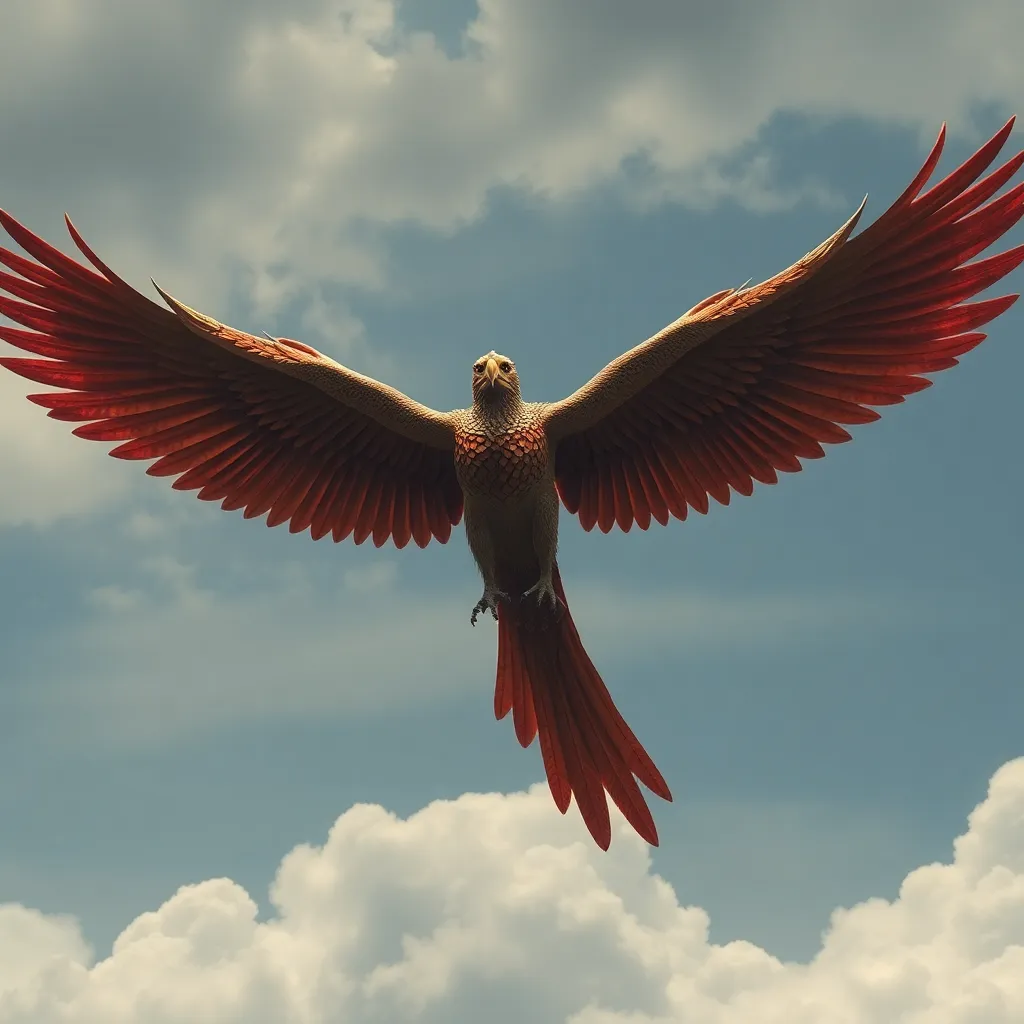1. Introduction to Polynesian Mythology
Polynesian mythology, rich in stories and beliefs, is a captivating tapestry of ancient traditions passed down through generations. Woven into the fabric of Polynesian culture lies the concept of duality, a fundamental principle that shapes the very essence of their mythology.
2. The Concept of Duality in Polynesian Culture
Duality permeates every aspect of Polynesian life and thought. It manifests itself in the interplay of opposing forces, such as light and darkness, land and sea, and sky and underworld. These dualities create a dynamic equilibrium, balancing the forces of existence and shaping the Polynesian worldview.
3. Gods and Goddesses: Aspects of Duality
Polynesian mythology features a pantheon of gods and goddesses who embody the various aspects of duality. For instance, the Maori god Tane represents the celestial realm, while his brother Rongo signifies the terrestrial realm. The goddess Hina, associated with the moon, embodies both life and death, reflecting the cyclical nature of existence.
4. Light and Darkness: The Cosmic Balance
Light and darkness are fundamental dualities in Polynesian mythology. The sun, symbolizing light and warmth, is often associated with life and creation. Conversely, darkness, represented by the night, embodies mystery and the unknown. This cosmic balance ensures the harmony and stability of the world.
5. Land and Sea: The Interplay of Elements
The Polynesian islands are surrounded by vast oceans, creating a natural duality between land and sea. Land represents stability and cultivation, while the sea symbolizes adventure and the unknown. The interplay between these elements influences Polynesian mythology, shaping stories of voyaging and the exploration of new horizons.
6. Sky and Underworld: Vertical Duality
Polynesian mythology often divides the world into three distinct realms: the sky, the earth, and the underworld. The sky represents the realm of gods and spirits, while the underworld is associated with death and the afterlife. The earth serves as a bridge between these two realms, embodying the living world and the interplay of mortals with the supernatural.
7. Mana and Tapu: Sacred and Profane Forces
Mana is a concept prevalent in Polynesian culture that represents spiritual power and authority. It can be possessed by both humans and supernatural beings. Tapu, on the other hand, denotes the concept of sacredness or prohibition. Certain objects, places, or actions are designated as tapu, imposing restrictions and requiring respect. The duality between mana and tapu defines the boundaries between the sacred and profane realms, guiding individuals' interactions with the supernatural and ensuring societal order.
8. Creation and Destruction: The Eternal Cycle
Polynesian mythology often depicts the world as emerging from a state of chaos or nothingness, with deities playing a crucial role in creation. However, the act of creation is often counterbalanced by forces of destruction, symbolized by monstrous creatures or vengeful gods. This duality of creation and destruction underscores the cyclical nature of existence, mirroring the endless rhythm of birth, life, and death.
9. Polynesia as a Crossroads of Duality
Polynesia's unique geographical location has contributed to its rich mythology and the prominence of dualistic concepts. Situated at the crossroads of the Pacific Ocean, Polynesian islands faced constant interplay between different cultures and beliefs. This fusion of ideas, combined with the islands' distinct geographical features, resulted in a complex mythology that reflects the inherent duality of the world.
10. Modern Interpretations and Significance of Dualism
In contemporary times, the concept of duality in Polynesian mythology continues to resonate with individuals around the world. It offers a profound perspective on the interconnectedness of opposing forces and the dynamic balance that shapes our existence. By understanding and appreciating the dualistic nature of the Polynesian worldview, we gain insights into our own world and the fundamental principles that guide our actions and beliefs.
FAQs
Q: What is the significance of the duality between land and sea in Polynesian mythology?
A: The duality between land and sea represents the interplay between stability and adventure, known and unknown. It underscores the importance of exploration and the deep connection Polynesians have with the ocean.
Q: How does the concept of mana contribute to the duality of Polynesian mythology?
A: Mana embodies spiritual power and authority, while tapu denotes sacredness and prohibition. This duality defines the boundaries between the sacred and profane, guiding individuals' interactions with the supernatural and shaping societal norms.
Q: Why is Polynesia considered a crossroads of duality?
A: Polynesia's geographical location at the intersection of different cultures and beliefs has contributed to the richness and diversity of its mythology. The convergence of ideas, combined with the region's unique geographical features, has resulted in a complex mythology that embraces the inherent duality of the world.
Q: What is the importance of understanding the dualistic nature of Polynesian mythology?
A: Appreciating the dualistic principles embedded in Polynesian mythology provides valuable insights into our own world and the interconnectedness of opposing forces. It offers a profound perspective on the dynamic balance that shapes existence and guides our actions and beliefs.



